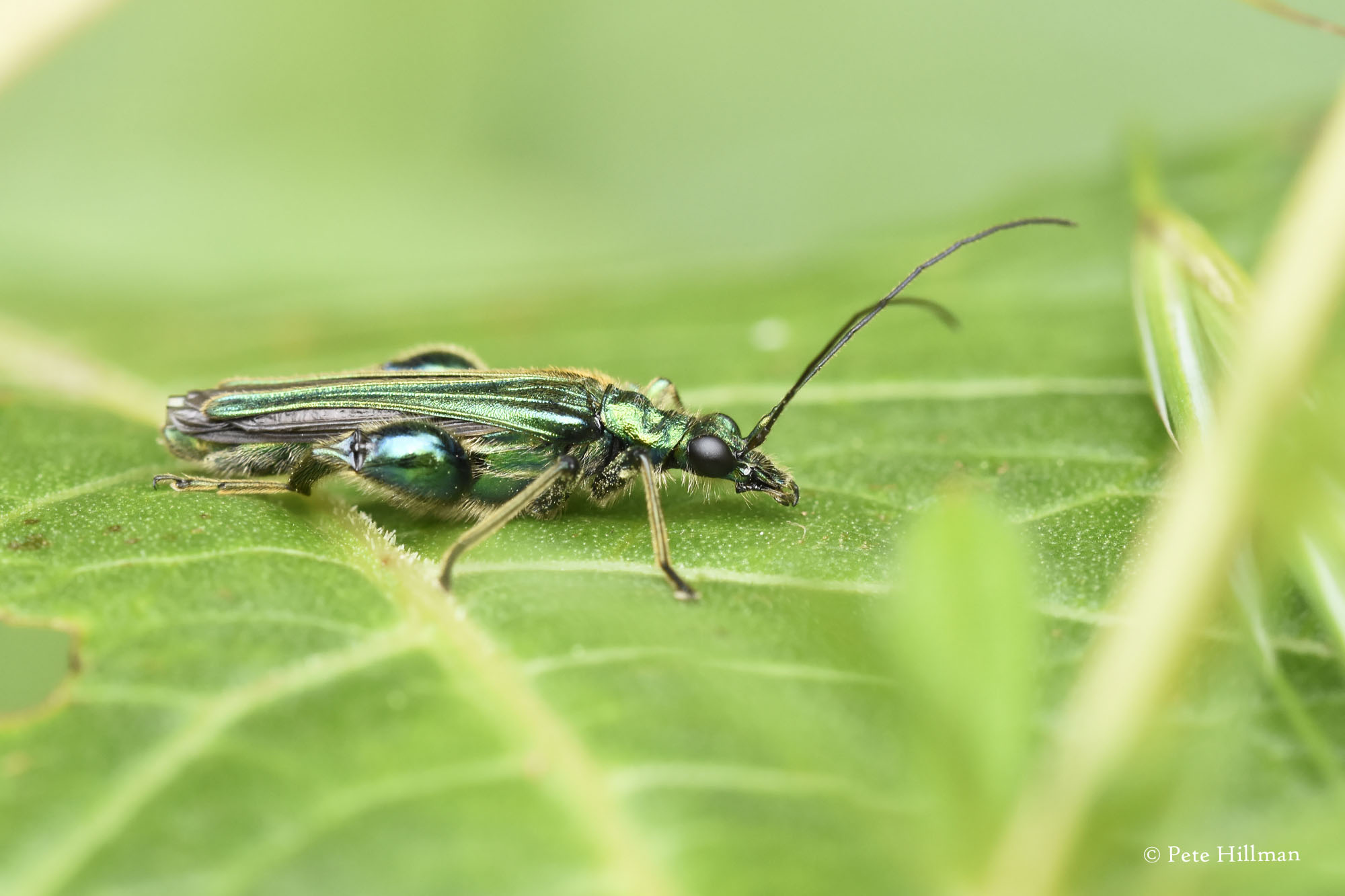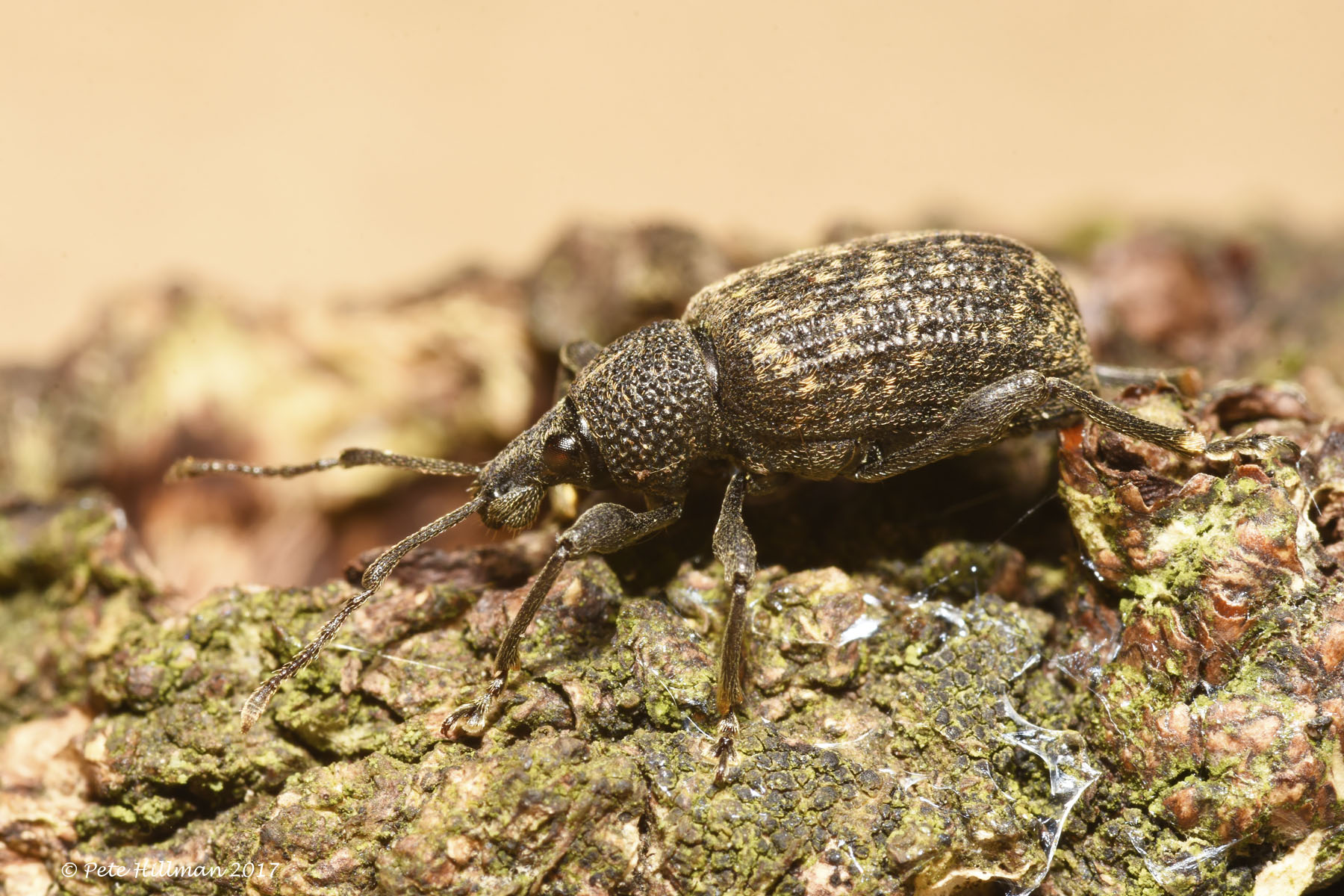I have now recorded 999 species on this website, from plants to animals, fungi and even a cyanobacterium. I have stopped short of making this post ‘1000’ as the 999th species convinced me to use it as a marker milestone. Not surprising it happens to be an invertebrate, an arthropod, and an insect at that.
Attactagenus plumbeus is a member of the Curculionidae family which make up the weevils. What is so special about this species apart from its own uniqueness is is scarcity. Data gleamed from the NBN Atlas shows only 96 records between 1990 and 2020, and 151 records in total from 1890. The British nature conservation status is Nationally Notable B (species found in between 31 and 100 hectads – 10 km x 10 km square), making it nationally scarce. There are only 4 records for 2020, and 1 of these is mine. Native to Britain, not surprisingly it is very localised with a few scattered records across England and Wales, except the south-east of England, and is absent from Scotland and Ireland. It feeds on plants from the Fabaceae family, including species of vetch and broom, and is found in fields and meadows where the host plants can be found.












































































